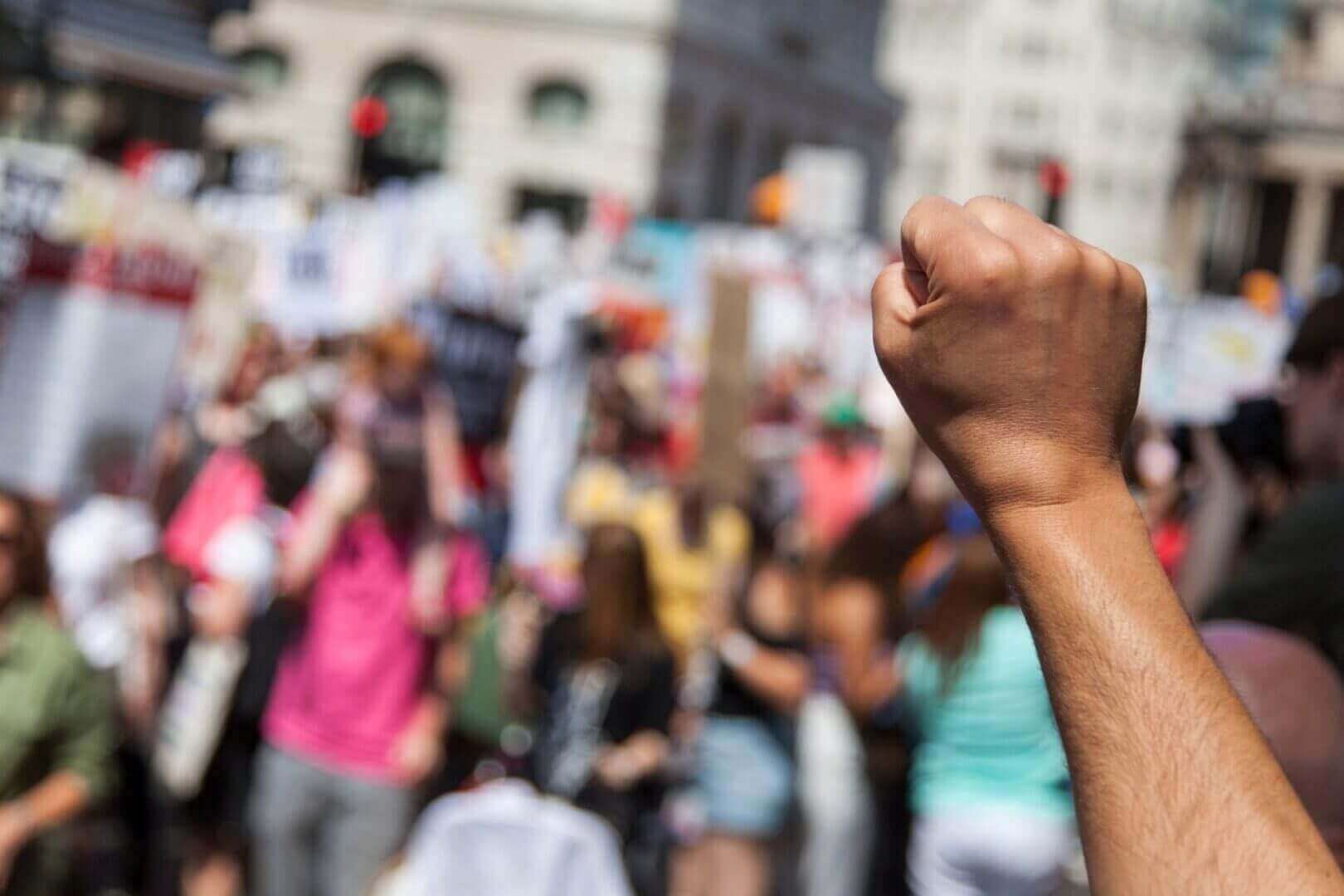
The decade was a roller coaster of experiences and contradictions. Wave after wave of change crashed through society. It was a raging storm of value clashes.
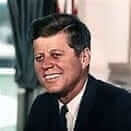
The decade dawned on an emotional high of optimism. In 1961, John F Kennedy (JFK) was elected and particularly appealed to the young. It sparked a new commitment. People passionately and vocally began to care.
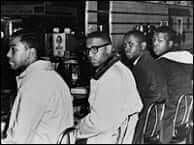
In 1960, four young black men tried to purchase coffee in Woolworth's Greensboro store and were ignored. Although taunted and verbally abused, they remained passive - and their numbers grew. They returned, bringing more students. A tornado started that tore across the nation. Within weeks, sit-ins had spread to 15 cities in 5 southern states. In the north, students responded and marched in support and picketed Woolworth's.
The protests expanded to read-ins at all-white libraries, sleep-ins in the lobbies of segregated hotels, and wade-ins at restricted beaches. In millions of homes the events were electronically experienced in capsule form on the evening news.
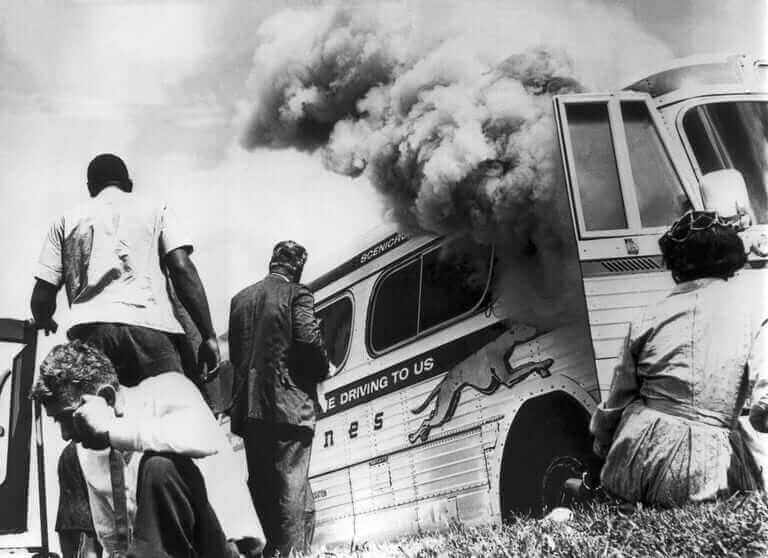
Freedom rides began in 1961. Support for the demonstrators slowly spread throughout society and the civil rights movement surged.
Martin Luther King Jr. was an American Baptist minister and activist who became the most visible spokesperson and leader in the civil rights movement from 1954 until he was assassinated in Memphis in 1968. Born in Atlanta, King is best known for advancing civil rights through nonviolence and civil disobedience, tactics his Christian beliefs and the nonviolent activism of Mahatma Gandhi helped inspire. Read more about his history by logging on to https://en.wikipedia.org/wiki/Martin_Luther_King_Jr.

Another signal of change to sweep the nation started halfway around the world, in a little-then-known country called South Vietnam. It was a huge source of conflict within the U.S. Unlike WWII where soldiers were honored, soldiers in the Vietnam War were vilified, not because they did anything wrong personally but because they represented an unpopular war. There were many draft dodgers, most of whom went to Canada to avoid the war. Read more about this history in Wikipedia https://en.wikipedia.org/wiki/Vietnam_War or watch the documentary series, The Vietnam War.

Another swell of change surfaced in California. On May 13, 1960, police clashed with 200 angry college students trying to get into a House Committee on Un-American Activities hearing on communism. The students planned no violence, but when they were denied entrance, they pushed their way in and fire hoses and clubs came out.
Suddenly the young were shaking the label of apathy and conformity that had symbolized the youth of the 1950’s. They were changing the world and were changed by the world.
In 1963 JFK was murdered, and the emotional roller coaster plunged. From 1963-69 President Johnson continued the New Frontier and added a few humanitarian touches under a new program, the Great Society, an ambitious design for social improvement. But the force of change were already eroding the foundations of the past.
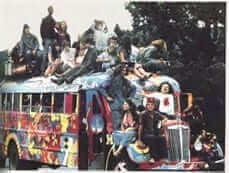
The music of the 1960’s began to reflect and interpret the dramatic changes going on within the society. Songs not only mirrored what was happening but also became a critical factor in communicating and effecting the change. Bob Dylan's song, "The Times They Are a-Changing" was an example. Hair became a symbol, and in the mid-1960’s, “flower children”, “love children” and“hippies” emerged. Drugs were often entwined.
